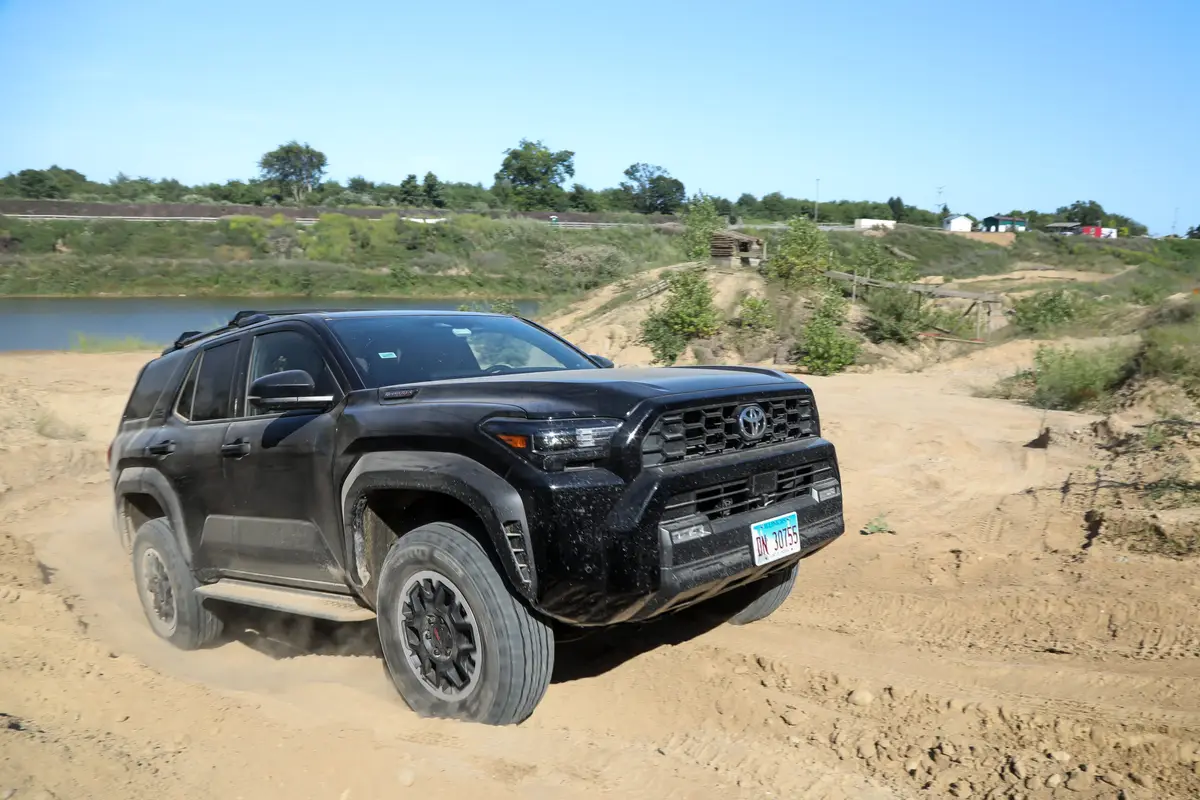Driving Deaths Spike in First Half of 2016


CARS.COM — Following what researchers deemed the worst year for U.S. traffic fatalities in seven years, 2016 is on pace to be even deadlier. According to early estimates by the Federal Highway Administration, driving deaths in the first half of this year totaled 17,775 — an increase of 10.4 percent compared with the first half of 2015.
Related: Which States Had the Biggest, Smallest Increases in 2015 Traffic Deaths?
Moreover, the second quarter of 2016 is the seventh consecutive quarter in which traffic fatalities have increased from the corresponding time periods of previous years. While Americans are driving more — miles traveled spiked by nearly 51 billion in the first half of this year — the 3.3 percent mileage increase is less than a third of the percentage increase for fatalities during the same period.
The National Highway Traffic Safety Administration attributed 2015’s higher death toll to increases in pedestrian, motorcyclist and bicyclist fatalities, but that won’t necessarily be the case for 2016.
“It is too soon to attribute contributing factors or potential implications of any changes in deaths on our roadways,” NHTSA said in a statement.
These latest trends unfortunately follow nearly two years of steady declines in deaths from 2012 to 2014. Starting with the fourth quarter of 2012, fatalities declined in seven of eight quarters and increased only marginally in one. Beginning with the fourth quarter of 2014, when deaths saw a nearly 5 percent spike, fatalities have increased over seven consecutive quarters. The 11.5 percent increase in the first quarter of 2016 is the largest quarter-over-quarter spike since 2012 and the second highest in at least a decade.
Earlier this year, the National Safety Council estimated that traffic fatalities in 2015 increased 8 percent from 2014 — the largest year-over-year increase in a half-century and the deadliest driving year since 2008, with 38,300 people killed and 4.4 million seriously injured. NSC attributed the alarming trend in part to an improved economy, lower unemployment and inexpensive gas, all of which contribute to more people on the roads.
Researchers may not know the specific causes of recent fatality increases, but federal safety authorities are already working to address the problem. NHTSA announced this week that it is partnering with the FHA and the Federal Motor Carrier Safety Administration on the Road to Zero project, a coalition working to end highway deaths entirely within the next 30 years. The campaign, to which the U.S. Department of Transportation will contribute $3 million over the next three years, will combine the forces of education, engineering, enforcement and emergency medical services to achieve its goal.
“The ‘Road to Zero’ Coalition will initially focus on promoting proven lifesaving strategies, such as improving seat belt use, installing rumble strips, truck safety, behavior change campaigns and data-driven enforcement,” NHTSA said in a statement. “Additionally, the coalition will then lead the development of a new scenario-based vision on how to achieve zero traffic deaths based on evidence-based strategies and a systematic approach to eliminating risks.”

Former Assistant Managing Editor-News Matt Schmitz is a veteran Chicago journalist indulging his curiosity for all things auto while helping to inform car shoppers.
Featured stories


2026 Aston Martin DBX S Review: Excellence in (DB)X S


